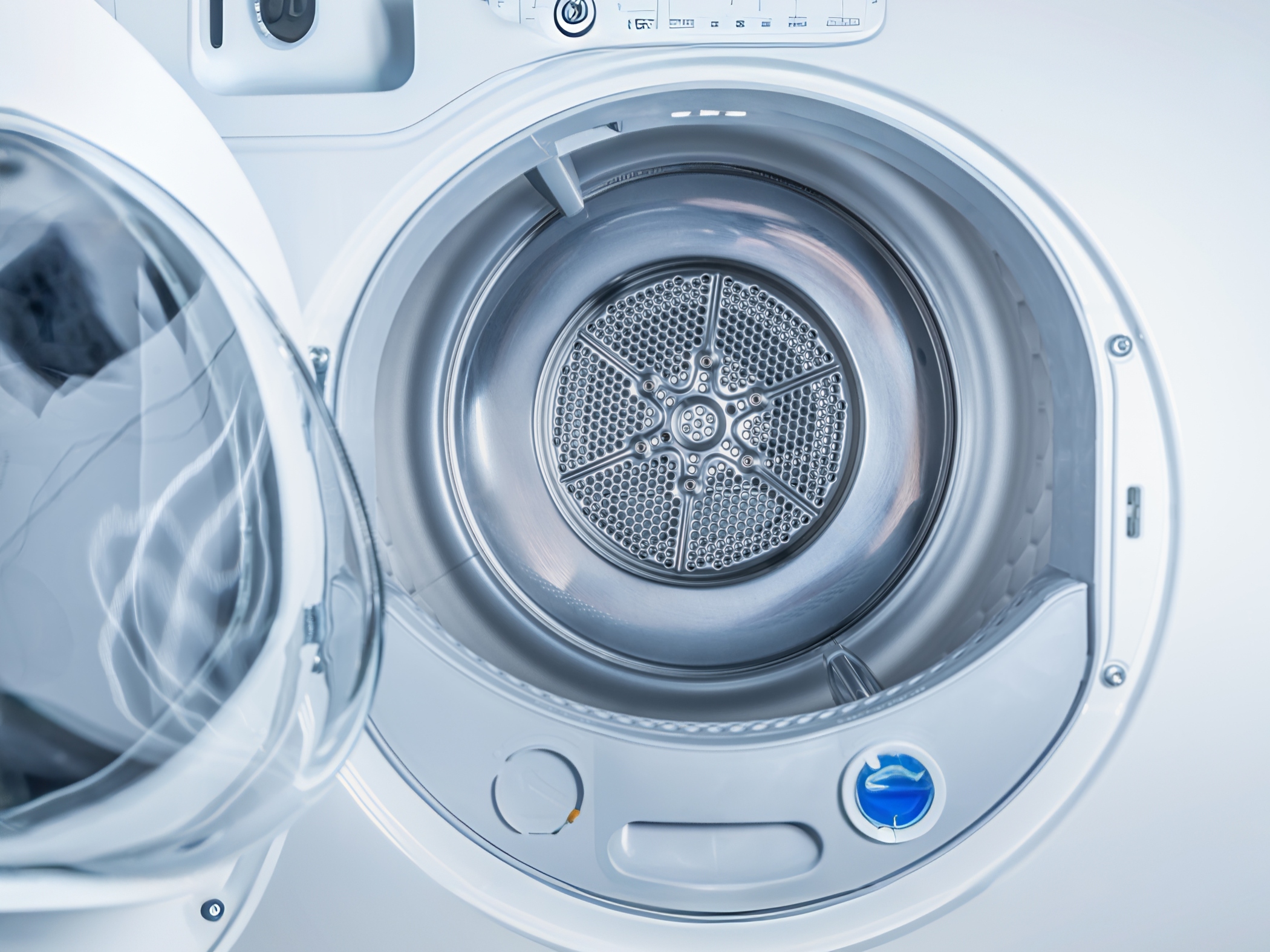Lighten Your Energy Load With a Heat Pump Dryer

We all need clean clothes, but doing laundry can really cost you on your energy bills. In fact, clothes drying alone costs American households more than $7 billion a year, according to the U.S. Department of Energy (DOE). What's more, nearly 30% of household clothes dryers are 10 years old or older.
If your clothes dryer is older or in need of repair, consider upgrading to a high-efficiency heat pump model. This advanced technology can help reduce your energy costs while maintaining the convenience and performance of conventional dryers.
How do heat pump clothes dryers work?
The clothes dryer draws in air from the surrounding space and passes it over a refrigerant. The refrigerant is compressed, which heats it up. The hot refrigerant then heats the air, which is circulated into the drum to dry the clothes.
The hot air absorbs moisture from the clothes, becoming humid. This humid air is passed over an evaporator coil, which cools the air and causes the moisture to condense into water. The water is then stored in a tank to be emptied or drained out through a pipe. The now-dry and cool air is reheated and recirculated back into the drum to continue drying the clothes.
By continuously recycling the air and transferring heat rather than generating it, heat pump clothes dryers use significantly less energy than conventional models.
The benefits of heat pump clothes dryers
Heat pump dryers are typically more expensive to purchase than conventional models, but they offer several key benefits that can make them more than worth the extra cost.
Energy efficiency. Heat pump dryers use significantly less energy by recycling heat within the system, making them more energy-efficient and reducing energy costs.
Gentler on clothes. Since they operate at lower temperatures than conventional models, heat pump dryers are gentler on fabrics, reducing wear and tear and extending the lifespan of clothing.
Convenience. Heat pump dryers don't require venting, are easier to install and are a good fit for apartments or homes where venting is difficult. There's also increased flexibility when placing them within the home.
Many heat pump dryers come with advanced features — such as moisture sensors, anti-wrinkle technology and smart connectivity — that can make laundry day easier. Ask the device manufacturer about specific features available with individual models.
Remember that heat pump dryer cycles result in water that must be drained. Your options include manually emptying the water tank or attaching a hose (typically provided by the manufacturer) to discard the water in a nearby sink or drain automatically.
Look for the ENERGY STAR® label
ENERGY STAR is a certification program of the U.S. Environmental Protection Agency (EPA). ENERGY STAR-certified heat pump dryers have been independently tested to meet strict efficiency and performance standards. They use about 70% less energy than conventional dryers.
If you are interested in upgrading your dryer visit swepcosolutions.com for a rebate of up to $100 on a new Energy Star certified heat pump dryer.
Return to newsletter